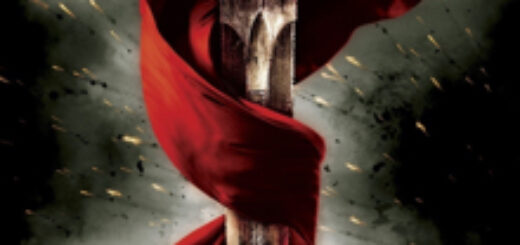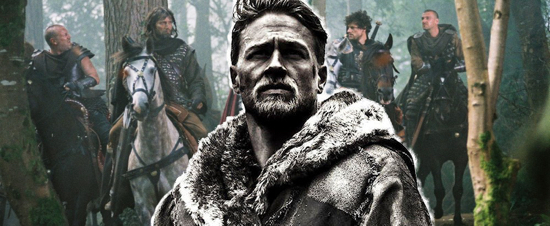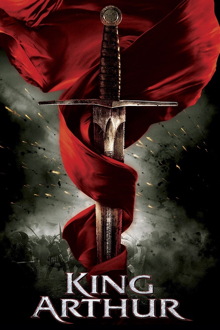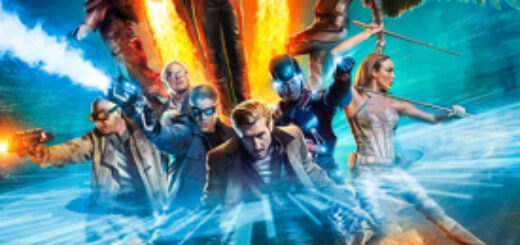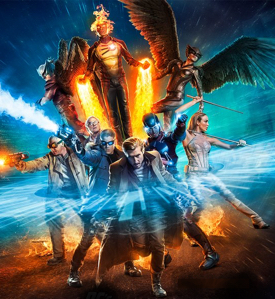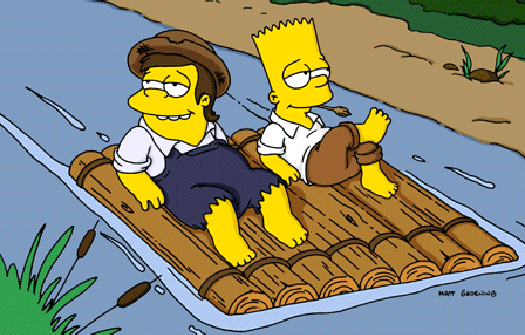Martha Thomases: King Arthur, Lois Lane and Gefilte Fish, Oh My!
Warner Bros. spent an estimated $145 million on a movie about King Arthur, directed by Guy Ritchie, hoping to have a new tentpole hit like his Sherlock Holmes films. Instead, the movie opened in third place, far behind Guardians of the Galaxy 2, which had already been out for two weeks, and Snatched, starring Amy Schumer and Goldie Hawn.
In other words, a movie based on a male hero of white culture (albeit one with a random but beautiful black man) flopped behind a movie about a multi-racial multi-species space gang and a movie about two women, one of them old enough to have grown children and one of them not conventionally movie-star beautiful.
I’m not here to say that King Arthur: Legend of the Sword, failed because it is not a good movie, or that the two other movies I mentioned here are of higher quality. I like Guy Ritchie, or I did when he made movies like this. Instead, I want to talk about how the modern American audience, the people who pay for our popular entertainment who buy movie tickets, books, comics, music and television subscriptions, is more accepting of diversity than the people who sell them.
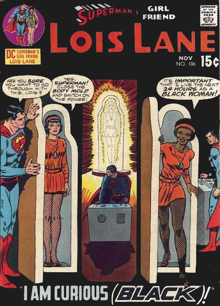 That’s the facet of the discussion about the Marvel story that I think gets neglected. Marvel Vice-President David Gabriel did not say that the inclusion of more non-white, non-male characters was the reason for Marvel’s sales slump. He said that a few retailers told him that was the reason.
That’s the facet of the discussion about the Marvel story that I think gets neglected. Marvel Vice-President David Gabriel did not say that the inclusion of more non-white, non-male characters was the reason for Marvel’s sales slump. He said that a few retailers told him that was the reason.
By itself, this does not mean that books with diverse characters don’t sell. This means that they don’t sell in those retailers’ stores.
There are all sorts of reasons this could be true. I don’t know where these stores are, or what their surrounding communities are like. I don’t know what the capacities of these retailers might be in regard to advertising, promotion, and outreach. Are they located near colleges or other kinds of schools? Are they rural or urban? Do they see themselves as a community asset for everyone, or a safe haven for their loyal Band of Bros? Any of these factors can have an impact on the kinds of books a store sells best.
It is this very variety in the kinds of markets comic book stores serve that should encourage publishers to produce more diverse kinds of books, not only in terms of the characters but in the genres and packaging of the stories. Saying that books about people of color, or books about women won’t sell is just as stupid as saying the same things about movies.
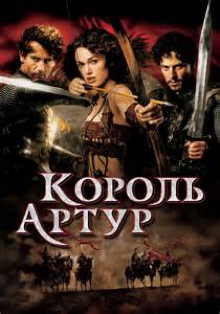 I can understand that many readers of superhero comics are tired stories where an established character is suddenly replaced by someone of another race, gender or sexual orientation. It was daring and interesting when it first happened 40 years ago, but today it’s neither new nor newsworthy. Anyone who tells stories like these today should have some different insights than we’ve seen before.
I can understand that many readers of superhero comics are tired stories where an established character is suddenly replaced by someone of another race, gender or sexual orientation. It was daring and interesting when it first happened 40 years ago, but today it’s neither new nor newsworthy. Anyone who tells stories like these today should have some different insights than we’ve seen before.
It’s much more interesting, to me anyway, to create entirely new characters. That’s what Milestone Media did back in the day, and it’s what Catalyst Prime from Lion Forge Comics seems to be doing now. I haven’t seen them at my local store yet, but I have faith in any comic book company that does this.
My real reason for encouraging diversity is entirely selfish: I want more, and I want different. I want to have the time and resources to sample as many different things as I can in this life. Whether that means strange foods or different kinds of stories, I want the opportunity to try the new and exotic.
By the way, the article in that last link (about the growing Jewish community in Berlin) has one of the funniest things I’ve ever read in The New York Times. I don’t know if the Gray Lady meant to be so snarky, but it’s hilarious. See for yourself:
“Jewish culture here is a bit superficial,” said Elad Jacobowitz, a 39-year-old real estate broker from Tel Aviv who moved to Berlin 13 years ago. “It doesn’t fit,” he said, sipping horseradish-infused vodka while listening to a klezmer band at the gefilte fish party during the Nosh Berlin festival.

